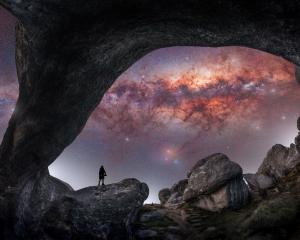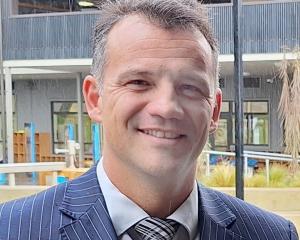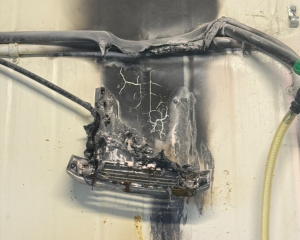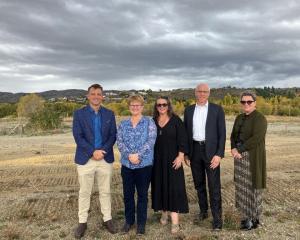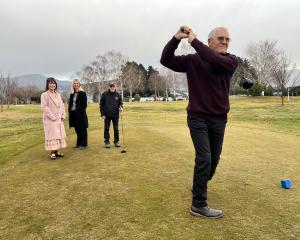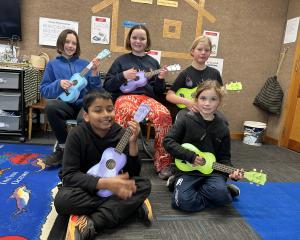
It was an era of indie rock but the age of electronic dance music was set to rise.
As a teenager growing up outside Manchester in the United Kingdom in the 1980s, Dick Johnson’s introduction to the world of electronica dance music charted a new course for where his life would lead — far removed from his parents’ hopes for him to follow an academic path.
"It sort of started with all these illegal warehouse parties where, you know, you’d meet up and drive in convoys on the motorways and then someone would break into a warehouse, you’d set up a sound system and then they’d be playing this new kind of genre of music," Johnson said.
"It was such a big kind of indie rock scene with The Smiths and Stone Roses ... all these kind of bands, and then there’s this whole new side to it which was house music, and so I’d go into all these events and I just loved it."
Watching the DJs, Johnson knew that was what he wanted to do, so he started buying records and honing his sound.
In the mid-1990s, he gained residency at the Hacienda Club — famously the first superclub in Europe and epicentre of rave culture.
About the same time, he started producing music, eventually setting up his own record label.
Touring brought him to New Zealand for gigs and 21 years ago he came for a year — and never left.
The passion for electronic dance music stayed with him and now Johnson is reimagining the genre for a new generation of fans with Synthony.
Synthony combines three decades of electronic dance music with a large-scale full orchestra — Rhythm & Alps will see a 28-piece orchestra with eight vocalists take to the stage.
"I think the euphoria of dance music and it’s just heightened even more by having an orchestra ... A lot of trance music was actually quite orchestral in its arrangement anyway, but synthesized," Johnson said.
Adding string and brass sections elevated the music and it was "quite a spectacle" to watch.
"It’s seeing all these really amazing musicians who normally play whatever it might be — Mozart, Beethoven ... these classic pieces to a very kind of, I guess, conservative audience who just sit there and clap every now and then — on stage playing full-on rave bangers to 5000 people and just loving it."
Moving into the festival scene for the first time earlier this year came with some logistical challenges — fitting an orchestra into a smaller stage in a tight timeframe is no easy feat — and there there was the question of how would a younger audience respond to music that was big in the clubs in the late 1990s and early 2000s.
"We just didn’t know whether it would translate to a much younger crowd," Johnson said.
He did not need to worry. The younger audiences embraced the experience.
"The younger generations are kind of embracing nostalgia a little bit as well."





